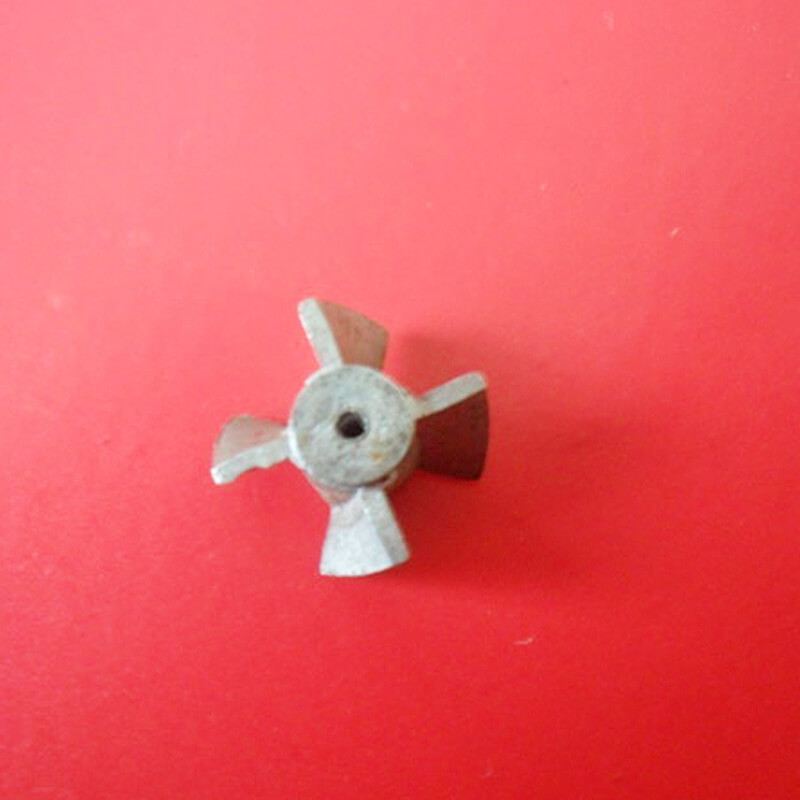There are many types of gear materials, and there are many factors that should be considered in the selection. According to the working conditions and failure modes of the gears, the materials required to manufacture the gears should have the following properties:
1) High bending fatigue strength, sufficient tooth core strength and toughness to prevent fatigue, impact and excessive fracture;
2) High contact fatigue strength and high tooth surface hardness and wear resistance to prevent tooth surface damage;
3) Good cutting performance, heat treatment process performance and welding process performance.
Selection principle of Sintered Powder Metal Gears
(1) Gear materials must meet the requirements of working conditions, which is the first factor to consider when selecting gear materials;
(2) The size of the gear size, blank forming method, heat treatment and manufacturing process should be considered;
(3) Normalized carbon steel, regardless of the production method of the blank, can only be used to make gears that work under steady load or light impact, and cannot withstand large impact loads. Quenched and tempered carbon steel can be used for production under medium impact loads. Working gear
(4) Alloy steel is often used to make high-speed, heavy-duty gears that work under impact loads;

Gear manufacturing materials and heat treatment process load capacity of the gear
According to the hardness, the tooth surface can be divided into two types: soft tooth surface and hard tooth surface. Gears with soft tooth surfaces have low load-bearing capacity, but they are easier to manufacture and have good running-in performance. They are mostly used in general machinery with no strict restrictions on transmission size and weight, and small-volume production. Because the small wheel has a heavier burden among the matched gears, in order to make the working life of the large and small gears roughly equal, the hardness of the tooth surface of the small wheel is generally higher than that of the large wheel. Hardened gears have a high load-bearing capacity. After the gear is cut, it is quenched, surface quenched or carburized and quenched to increase the hardness. But in the heat treatment, the gear will inevitably be deformed, so after the heat treatment, grinding, grinding or fine cutting must be carried out to eliminate the error caused by the deformation and improve the accuracy of the gear. The commonly used steels for making gears are quenched and tempered steel, quenched steel, carburized and quenched steel and nitrided steel. The strength of cast steel is slightly lower than that of forged steel, and it is often used for larger gears; gray cast iron has poor mechanical properties and can be used in light-load open gear transmissions; ductile cast iron can partially replace steel to make gears; plastic gears are more versatile In places where light load and low noise are required, the paired gears generally use steel gears with good thermal conductivity.

 English
English 简体中文
简体中文






